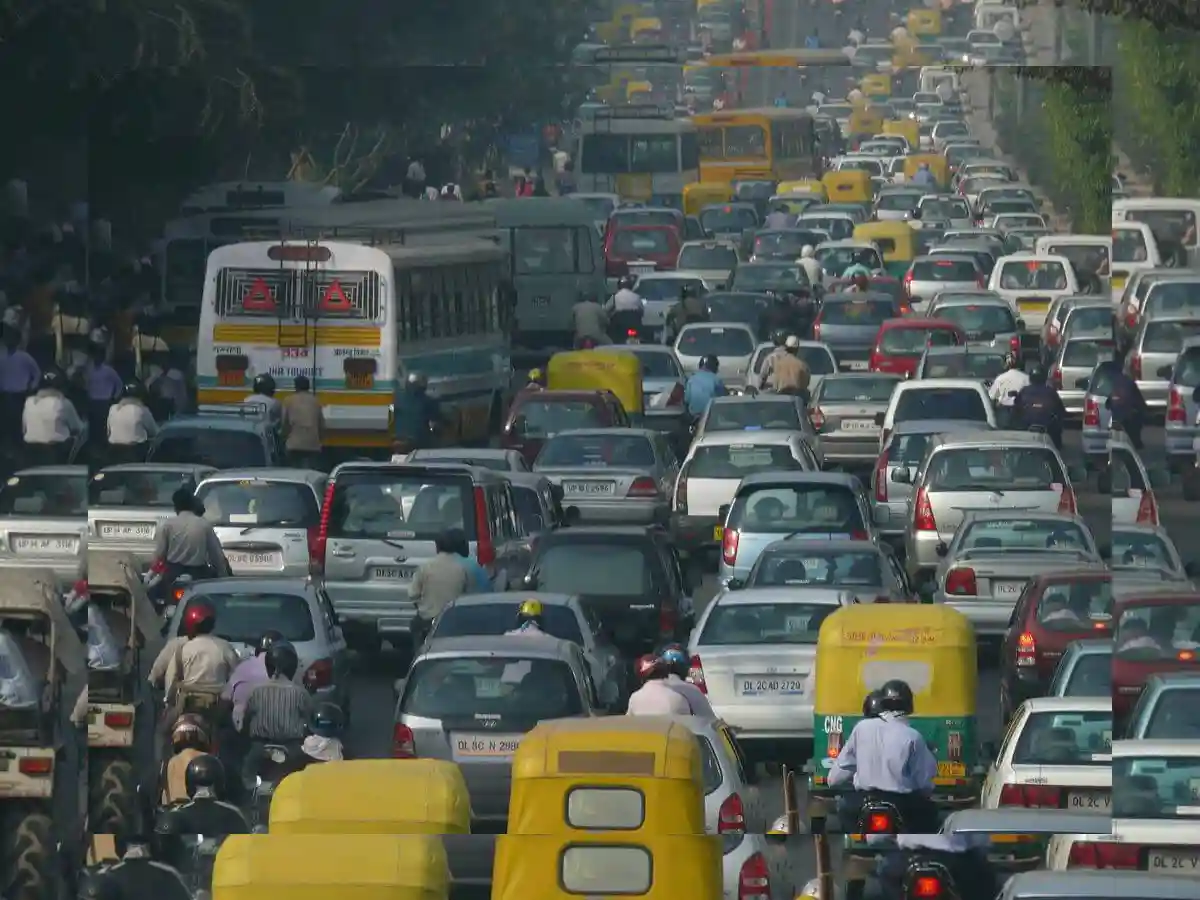As political discussions swirl over how stubble burning and Diwali crackers contribute to Delhi pollution, new data from the Centre for Science and Environment (CSE) highlight automobile emissions as the city’s top polluter.
Despite the 1998 Supreme Court decision for a 10,000-strong public bus fleet to alleviate congestion and pollution, Delhi now has just 7,683 vehicles, including 1,970 electric buses, as of July 2024. This shortfall, combined with a lack of accessible and efficient public transportation options, has caused inhabitants to rely on private vehicles, which are now the leading contributors to air pollution.
Vehicles are the leading polluters.
The CSE analysis credits 51.5% of Delhi’s locally generated pollution to emissions from private and commercial cars, with stubble burning accounting for only 8.19%. The data, collected between October 12 and November 3, 2024, depicts the magnitude of pollution from traffic in comparison to other sources, demonstrating that automobiles continue to be a significant source of particulate matter (PM 2.5) this winter.
Furthermore, pollution from neighboring NCR regions, including parts of Haryana, Uttar Pradesh, and Rajasthan, contributes an extra 34.97 percent to Delhi’s air quality problems.
PUBLIC TRANSPORT SHORTFALL
According to 2011 census data, Delhi now has approximately 45 buses for every lakh (1,000,000) persons. This falls significantly short of the Ministry of Housing and Urban Affairs’ target of 60 buses per lakh people. In comparison, major cities such as London, Hong Kong, Shanghai, and Seoul have much higher ratios, ranging from 69 to 90 buses per lakh, highlighting Delhi’s lack of suitable public transportation facilities.
Inadequate Public Transportation Options
Furthermore, Delhi’s bus scarcity is exacerbated by insufficient frequency and poor coverage, discouraging people from taking public transportation. While about 58% of the population resides within 400 meters of a bus stop, CSE data show that over half of these stops have wait times of more than 15 minutes, further irritating commuters.
The CSE examination of ‘Open Transit Data’ from the Delhi Transport Department reveals serious difficulties with bus wait times throughout the city. Less than one percent of bus stops had wait times under ten minutes, with delays of up to five minutes. However, 50% of stations have a significantly higher wait time—more than 15 minutes.

